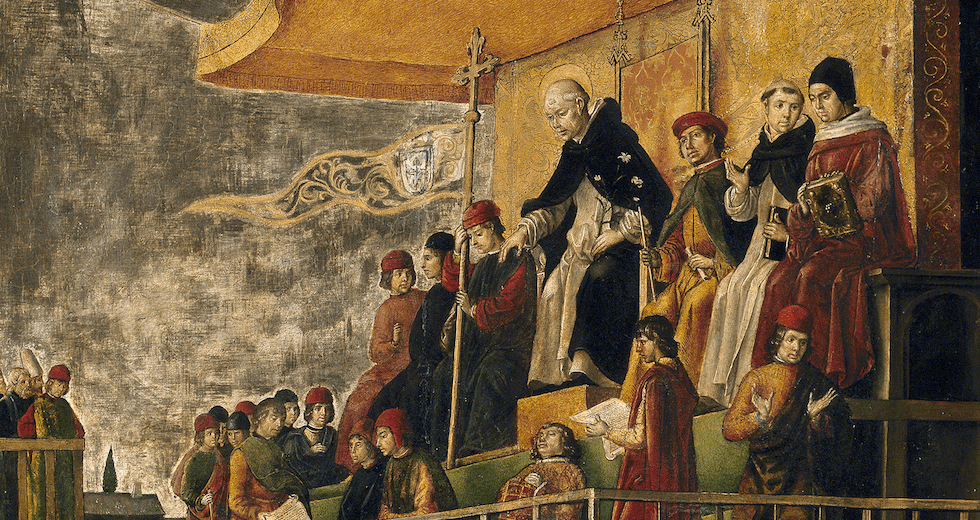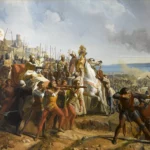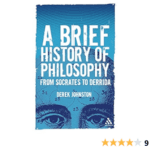Embark on a captivating journey through the intertwined histories of the Crusades and the Inquisition. These pivotal events, separated by centuries yet forever linked, profoundly shaped the course of Western civilization. Delve into the heart of religious zeal, political ambition, and the devastating consequences of intolerance. We’ll unravel the motivations behind these movements and explore their indelible mark on humanity, challenging simplistic narratives along the way. By understanding the horrors inflicted in the name of faith, we gain a deeper appreciation for the ongoing struggle for tolerance, freedom of thought, and the pursuit of a just world.
Beyond the Battlefield: Exploring the Crusades
Imagine knights on horseback, armed for battle, embarking on a perilous journey to a distant land. This was the scene during the Crusades, a series of religious wars waged by much of Christian Europe from the 11th to the 13th centuries. The objective? To recapture the Holy Land, a region of immense religious significance, from Muslim rule. While religious fervor was a powerful motivator, the Crusades were far from simple acts of piety.
The Complex Web of Motivations
- Religious Zeal: The call to liberate Jerusalem, the site of Jesus Christ’s crucifixion and resurrection, resonated deeply within medieval Christendom.
- Political Ambitions: European rulers saw the Crusades as opportunities to expand their influence, forge alliances, and gain control over valuable trade routes.
- Economic Opportunities: The allure of wealth and land in the East drew many to the Crusader cause, particularly landless knights and younger sons seeking fortune.
- Social Factors: The Crusades provided an outlet for social unrest and a means for individuals to seek redemption for sins.
Lasting Impact and Unintended Consequences
While the Crusades ultimately failed to maintain a lasting Christian presence in the Holy Land, their impact on history was profound:
- Rise and Fall of Crusader States: The establishment of short-lived Crusader kingdoms in the Levant led to cultural exchange but also to conflict and instability in the region.
- Expansion of Trade Networks: Increased contact between East and West fueled trade and brought new goods and ideas into Europe, contributing to the Renaissance.
- Heightened Religious Tension: The Crusades exacerbated tensions between Christianity and Islam, leaving a legacy of mistrust that continues to resonate today.
The Inquisition: Enforcing Orthodoxy in a Time of Turmoil
Shift your focus back to Europe. The Catholic Church, a dominant force in medieval society, sought to maintain its authority and ensure the purity of its teachings. This desire for spiritual unity gave rise to the Inquisition, a system of tribunals established to combat heresy, or beliefs that contradicted Church doctrine.
A System of Control
Unlike the Crusades, which were outward expressions of military force, the Inquisition represented a more insidious form of control, operating within the very fabric of Christian society.
- Medieval Inquisition (12th Century Onward): Focused initially on groups deemed heretical, such as the Cathars and Waldensians, who held beliefs at odds with Catholic teachings.
- Early Modern Inquisitions (15th-16th Centuries): Arose in Spain, Portugal, and Rome, driven by the rise of Protestantism and concerns over the loyalty of Jewish converts to Christianity (Conversos).
The Inquisitorial Process: A Chilling System
The Inquisition operated through a system designed to identify, interrogate, and punish those deemed guilty of heresy:
- Accusations: Charges of heresy could be brought against individuals based on rumor, suspicion, or personal vendettas, creating an atmosphere of fear and mistrust.
- Investigations: Inquisitors gathered evidence through interrogations, often relying on torture to extract confessions. The extent and frequency of torture are debated by historians, but its use remains a chilling reminder of the brutal methods employed.
- Trials: Accused individuals faced trials, but the process was often shrouded in secrecy, and the accused had limited rights.
- Punishments: Punishments ranged from public penances and acts of humiliation to imprisonment, confiscation of property, and, in extreme cases, execution by burning at the stake.
Key Figures of the Inquisition
- Tomás de Torquemada: As the Grand Inquisitor of the Spanish Inquisition (1483-1498), Torquemada became a symbol of its ruthlessness, overseeing the persecution of Conversos and the expulsion of Jews from Spain.
The Long Shadow of the Inquisition
While the Inquisition may seem like a relic of a bygone era, its legacy continues to shape our understanding of religious freedom and the dangers of unchecked power.
- Religious Persecution: The Inquisition serves as a stark warning about the dangers of religious intolerance and persecution, highlighting the importance of safeguarding religious freedom and diversity.
- Suppression of Dissent: The Inquisition’s chilling effect on intellectual discourse underscores the vital importance of free speech, open inquiry, and the right to challenge authority.
- Impact on Legal Systems: While deeply flawed, some aspects of inquisitorial procedure, such as the use of investigations, influenced the development of legal systems in Europe.
Connections and Contrasts: Examining Shared Threads
While distinct events, the Crusades and the Inquisition shared common threads woven through the tapestry of medieval history.
Shared Roots
- Religious Ideology: Both movements were deeply rooted in religious ideology, specifically the belief that Christianity was the one true faith and that it was justifiable to use force to defend and spread it.
- Pursuit of Power: Beyond religious zeal, both the Crusades and the Inquisition served as instruments of political power, used by rulers and Church leaders to consolidate authority and eliminate threats.
Key Differences
- Outward vs. Inward Focus: The Crusades were outwardly focused military campaigns aimed at conquering territory, while the Inquisition was an inward-facing legal institution focused on rooting out dissent within Christian communities.
- Methods of Control: The Crusades relied on military might and conquest, while the Inquisition employed legal mechanisms, intimidation, and psychological manipulation to achieve its aims.
The Enduring Legacy: Lessons from History
The Crusades and the Inquisition continue to provoke debate and controversy, reminding us that history is rarely black and white. It’s essential to approach these events with nuance, recognizing both their complexity and their enduring relevance to the modern world.
- Avoiding Simplistic Interpretations: It’s crucial to resist the temptation to romanticize the Crusades as noble quests or to dismiss the Inquisition as a purely barbaric institution.
- Confronting Historical Injustice: By acknowledging the human cost of these events and the suffering inflicted in the name of faith, we can work to prevent similar atrocities in the future.
- Safeguarding Freedom and Tolerance: The legacies of the Crusades and the Inquisition serve as powerful reminders of the importance of defending religious freedom, embracing tolerance, and upholding the right to dissent.
By learning from the mistakes of the past, we can strive to create a future where faith is a source of unity and inspiration rather than a tool for division and oppression.












2 thoughts on “The Inquisition and the Crusades: Unraveling a Complex Legacy of Faith and Power”
Comments are closed.